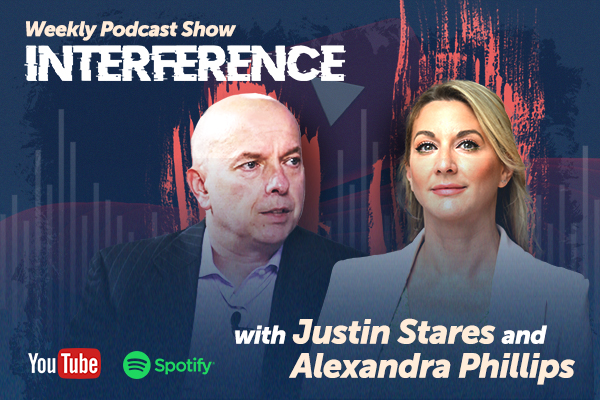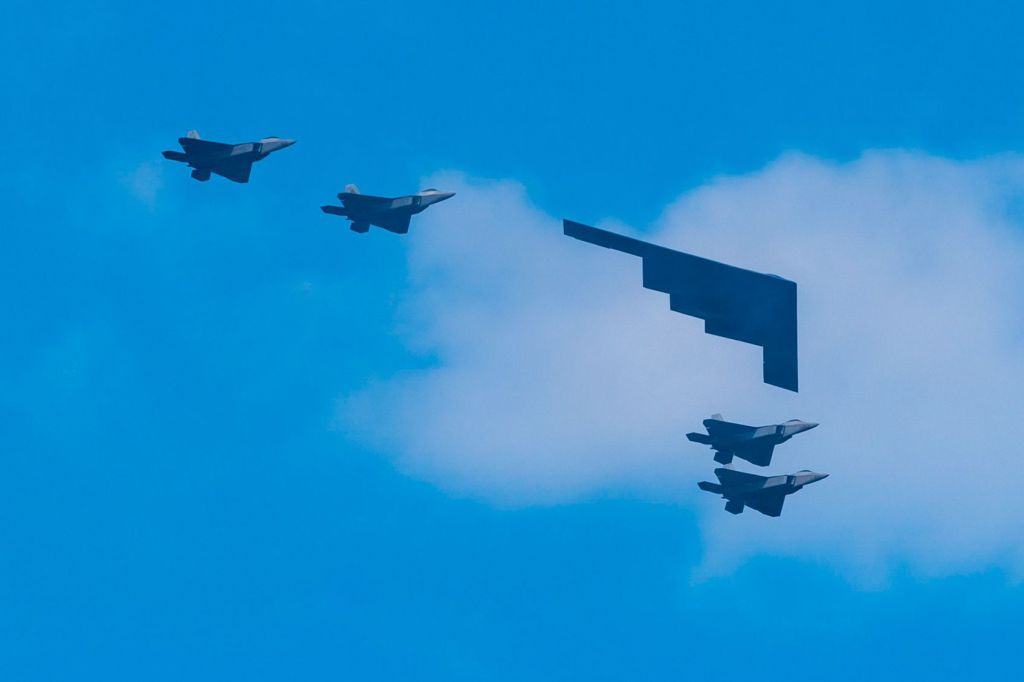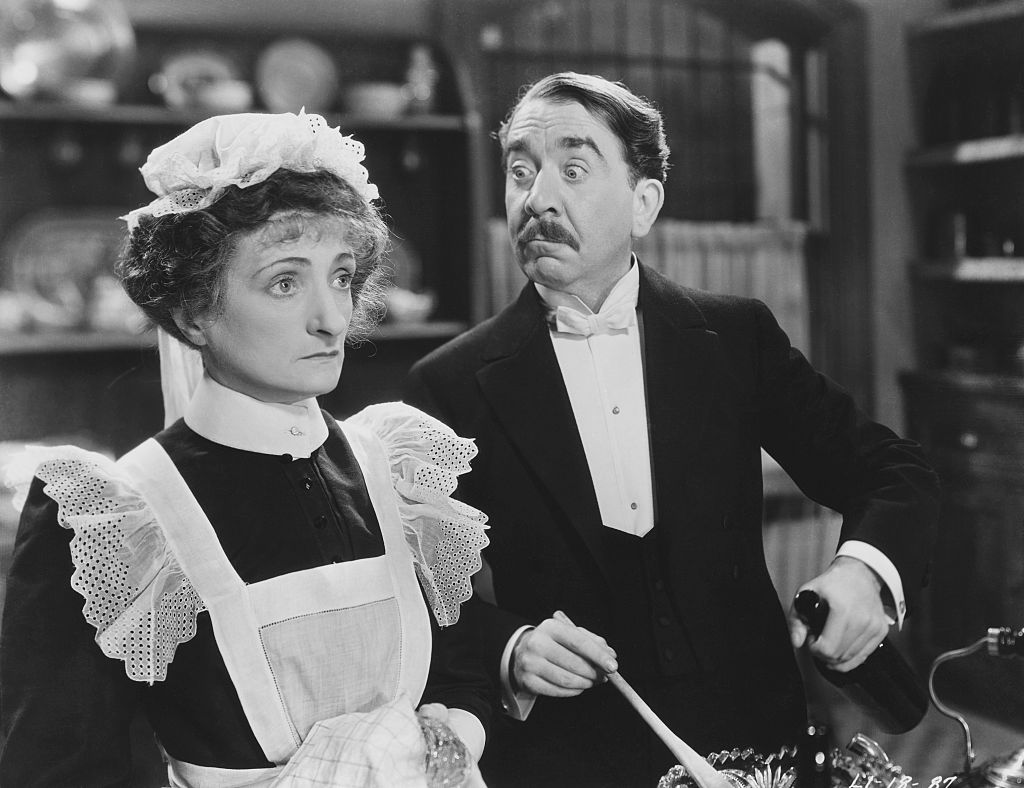Once the European Commission opened the €800 billion defence spending honeypot and Germany moved to exclude defence spending from deficit calculations, the big beasts of the European defence industry quickly bellied up to the trough. Rhinemetall anticipates orders for 3,000 Boxer armoured vehicles, several hundred Skyranger drone defence platforms, and up to 600 Leopard 2A8 tanks. Airbus Germany banked a sale of 20 new Eurofighters worth over €4 billion. France and Germany are already squabbling over what is likely to be the priciest single weapon, the proposed sixth-generation New Generation Fighter. Dassault CEO Eric Trappier claims the lead role on the project and seeks to relegate his partner, the German subsidiary of Airbus, to a secondary role, likely limited to manufacturing aircraft components designed to French specifications. Trappier asserts his company is the only one to “really master the technology”, based on its production of nearly 300 fourth-generation Rafale fighters. Airbus Germany bridles at a secondary role in the €100 billion project, and points to its experience building the Eurofighter, comparable in capability to the Rafale.
Waiting in the wings to pick off a disaffected German partner is the British-Italian-Japanese consortium building the Tempest, another sixth-generation fighter. British Aerospace has vast experience with military jets, and is a key partner in the manufacture of the reigning fifth generation F-35. Both programmes face competition from the dreaded Americans, who plan to deploy their sixth-generation F-47 by 2029, over a decade before Europe’s Next Generation Fighter. With guaranteed sales to the US Air Force of at least 185 units, the F-47 will enjoy a lower marginal cost and sizeable pricing advantage over any European competition. Export sales are the only viable means of reaching comparable economies of scale for European defence firms, yet here as ever, European politics intrudes. While the French would cheerfully sell weapons to the Devil himself if he promised to spare the 7th Arrondissement, the German Social Democrats cling to the notion that a single German-made rivet should give it veto rights over export sales.
While this massive new defence expenditure will help appease President Trump, especially if Europe continues to buy American arms for Ukraine, it may do less to deter President Putin.
None of these new weapons will be deployed anytime soon; the German armoured vehicles will be delivered over a ten year period; the new Eurofighters sometime after 2030. There is also a mismatch between what Rhinemetall and Dassault want to sell and what will be effective in any coming conflict. The war in Ukraine has shown the limited utility of tanks: Drones costing a few thousand euros each have wrecked billions of rubles in armoured vehicles. The long-awaited Ukrainian counteroffensive conducted with state of the art Western tanks was stalled by Russian drones, minefields and prepared defences. Cheap Stinger and Mistral anti-aircraft missiles have pushed Russian jets and attack helicopters out of contested airspace, leaving the air war over eastern Ukraine largely a drone on drone contest. The gusher of new defence spending may benefit the profits of European defence firms more than overall European security.
Inexplicably to Europeans, President Putin still shows every confidence that he can wear down Western resolve and fight his war in Ukraine indefinitely. Part of this derives from a simple political calculation: Even a well-armed Europe will hesitate to engage Russian forces directly, and will in every case struggle to unite its constituent nations behind any military action outside NATO territory. If Putin confines his actions to non-member states and deniable subversion against member states, he knows he has little to fear from a rearmed Germany.
A deeper calculation derives from his grasp of a strategic mismatch with the West. For decades, Western strategists have derived their thinking from economics. War is the equivalent of a market disequilibrium while peace is a return to blessed equilibrium. Putin sees things very differently. War serves authoritarian preferences for extreme social control and justifies calls for patriotic sacrifice. Peace is dangerous in that it prompts demands for prosperity. While dictators can whistle up military action from their desks, they cannot command broad economic prosperity, which requires the willing cooperation of millions of individual property owners, many of whom have a well-founded distrust of their authoritarian masters. Better to squirrel capital away under the mattress or in offshore bank accounts. The best Putin can do in times of peace is to divert precious state revenues toward consumer goods and pensions. Peace for a dictatorship is a power disequilibrium while war is its natural state. Which explains why every dictatorship evokes continuous war against enemies real and perceived: War justifies authoritarian rule. As long as Putin can finance his war with discounted sales of oil, gas and minerals to friendly or unwitting partners, he will not only continue his war but sustain his regime. Any successor, likely drawn from the ranks of the loyal siloviki — those with a background in a power ministry — will draw a similar conclusion.
Europe also faces a mismatch when it comes to manning its new military forces. A recent poll conducted by the German broadcaster RND shows that only 16 per cent of young Germans would “definitely” fight to defend their country, while fully 59 per cent were unwilling to. The decades spent by German educators teaching their pupils to be ashamed of their country except during the World Cup have left Berlin incapable of mobilising its citizenry in its own defence. Chancellor Merz may acquire the hardware needed to see off Russian designs, but in the absence of young men devoted to their country, it will be so much dead steel and expensive electronics. Former investment banker Merz is hardly a figure to imbue a spirit of sacrifice in a young population steeped in cultural ennui and a suspicion of Western values. “Do your military service like I did and one day you too may own a private jet!” may be the most compelling lesson from Merz’s personal history for cynical young conscripts.
Can European military hardware acquire the patriotic “software” needed to deter aggressive adversaries? While the United States can still draw on a deep well of young men proud to wear a uniform and risk their lives for their country, Europe faces demographic catastrophe and societies often sceptical of national sacrifice and American-style “flag waving.” Revived conscription may provide the military with warm bodies, but it cannot alone engender the sacrifices needed to create effective combat forces. And you may well imagine that many European countries will be hesitant to give advanced weapons training to thousands of young men named Mohammed. Conscription without a compelling national ideal will not forge a durable identity from young men highly disposed to resent the cultures and traditions of their host countries. By contrast, a Russia that can sustain over a million combat casualties without domestic discord can mobilise the manpower it has to sustain a brutal war without a foreseeable end. A combination of Russian patriotism, cash inducements, and a shared sense of hostility to the West is the “software” animating Putin’s war machine. Europe may have mastered prosperity, but it hasn’t provided compelling reasons for its young people to offer themselves in its defence. It may finance a vast array of new arms but it has yet to learn how to build armies.





Despite euro-fantasies, Trump, Xi and Putin do not regard the EU as a sovereign state